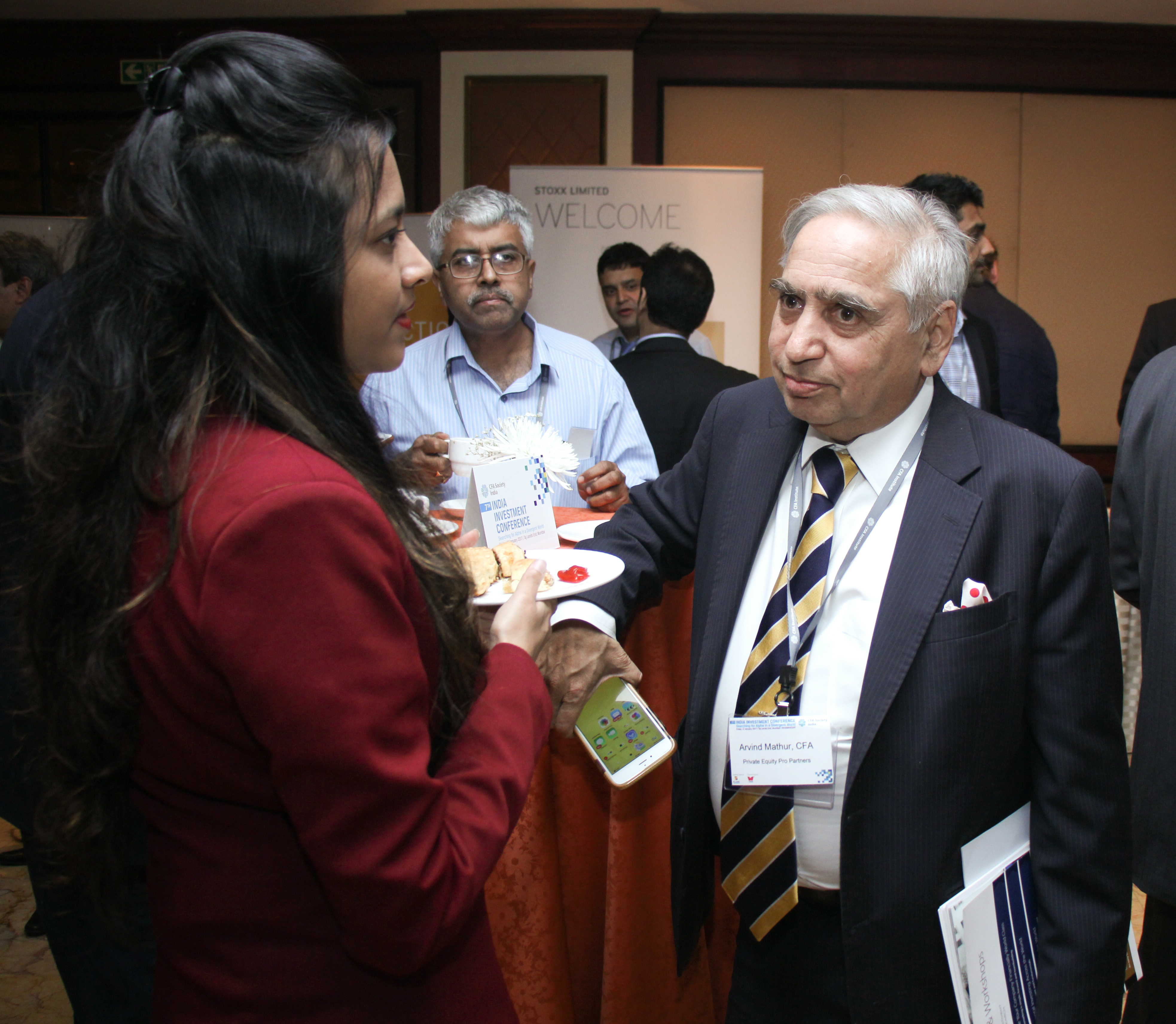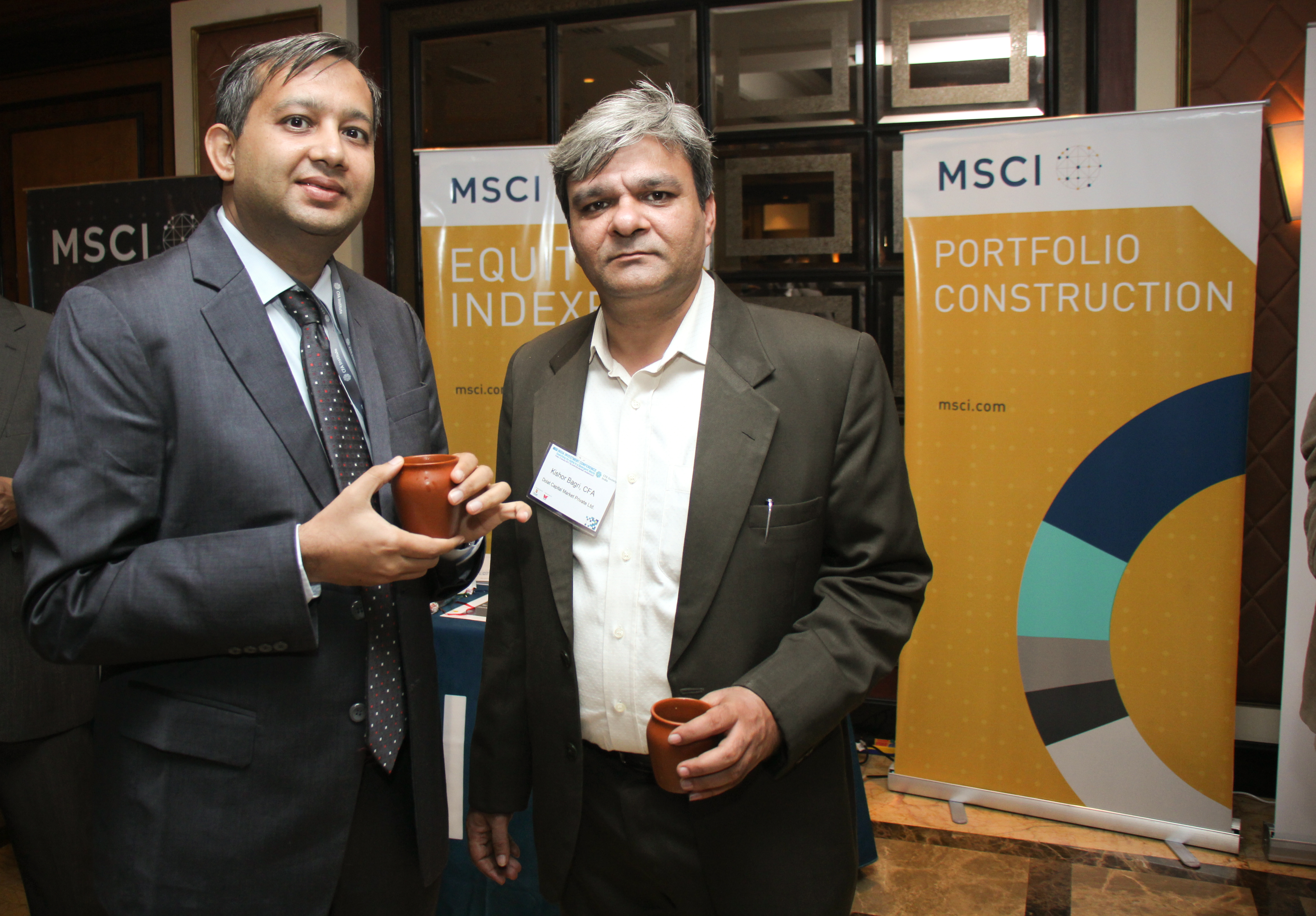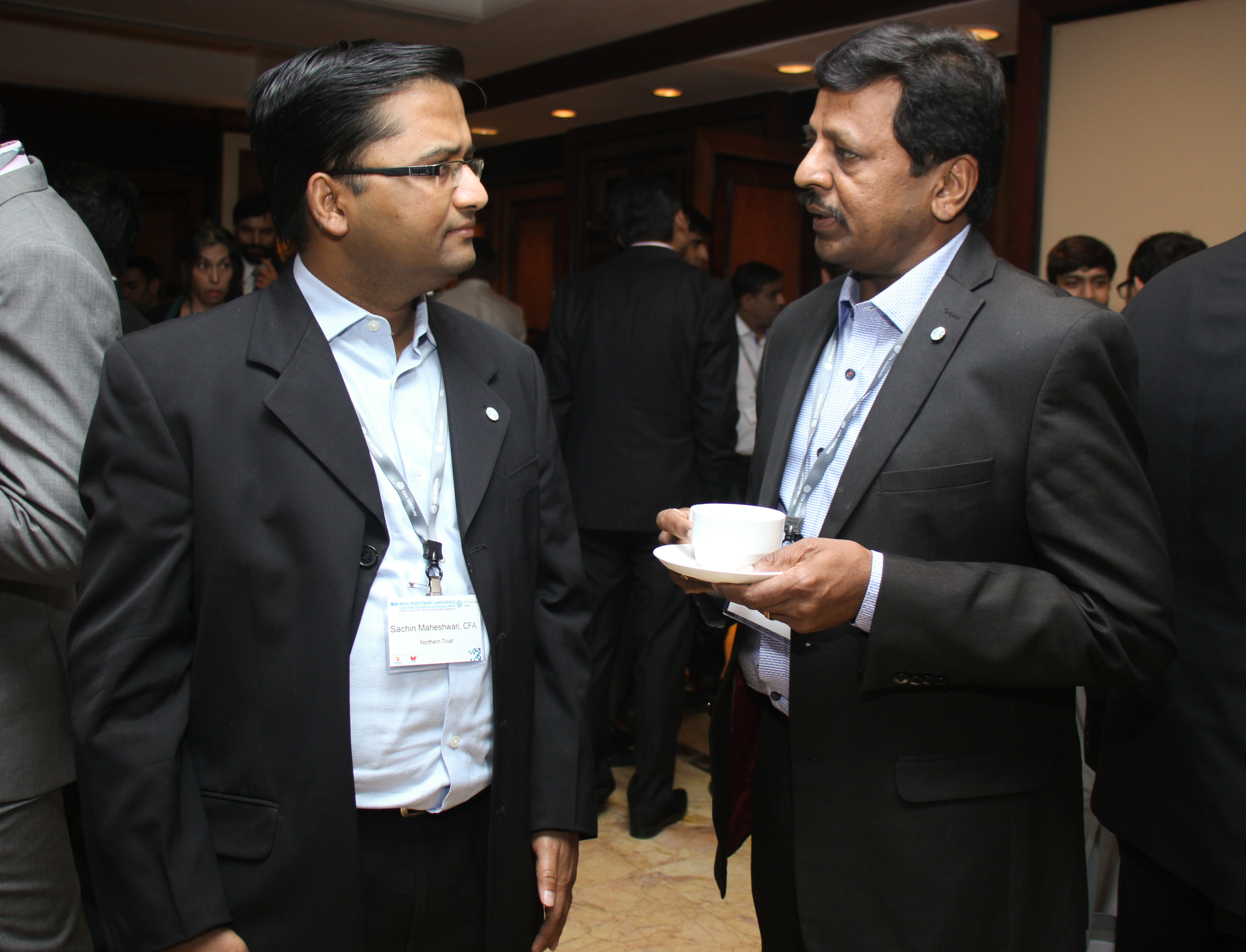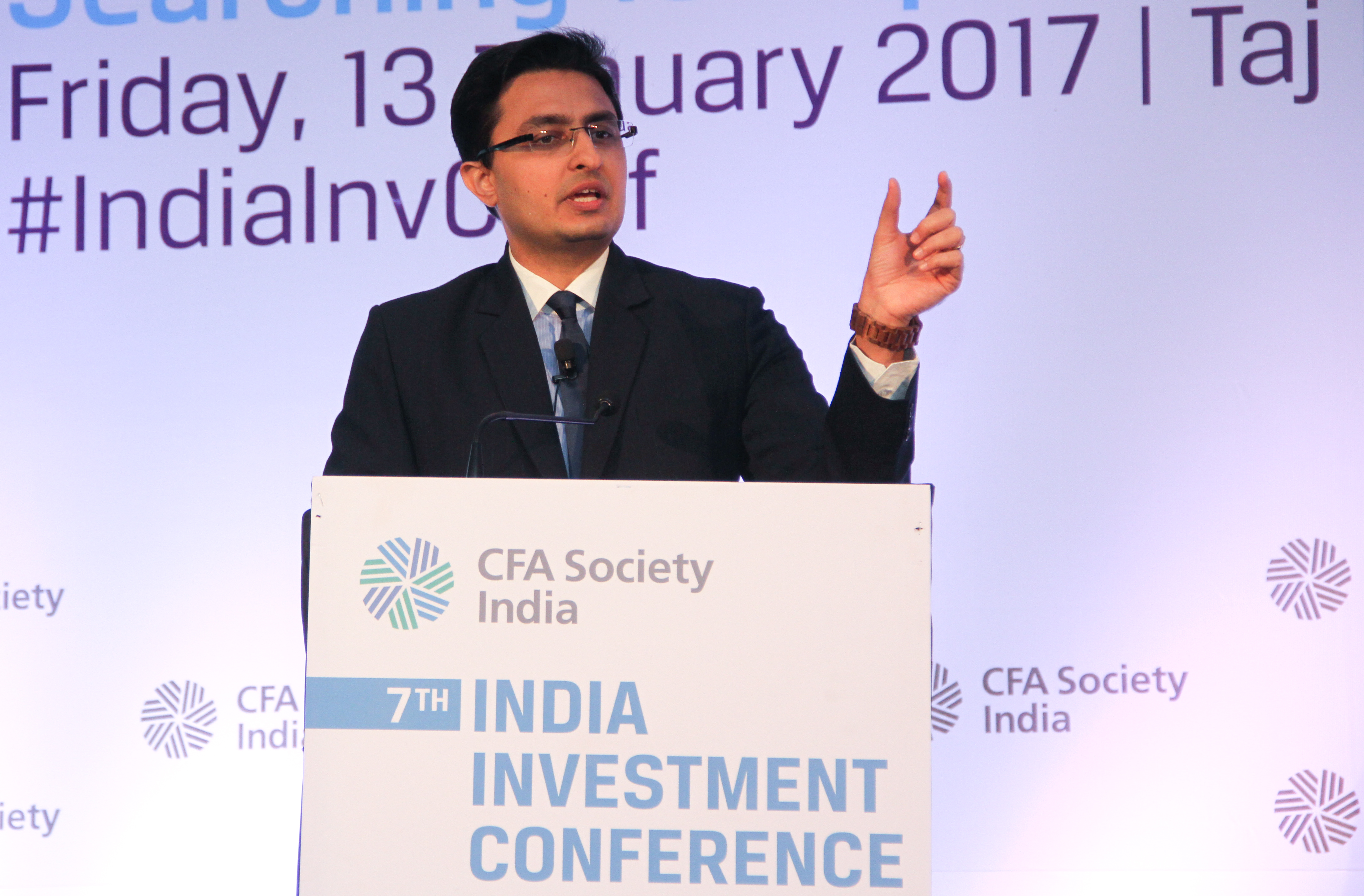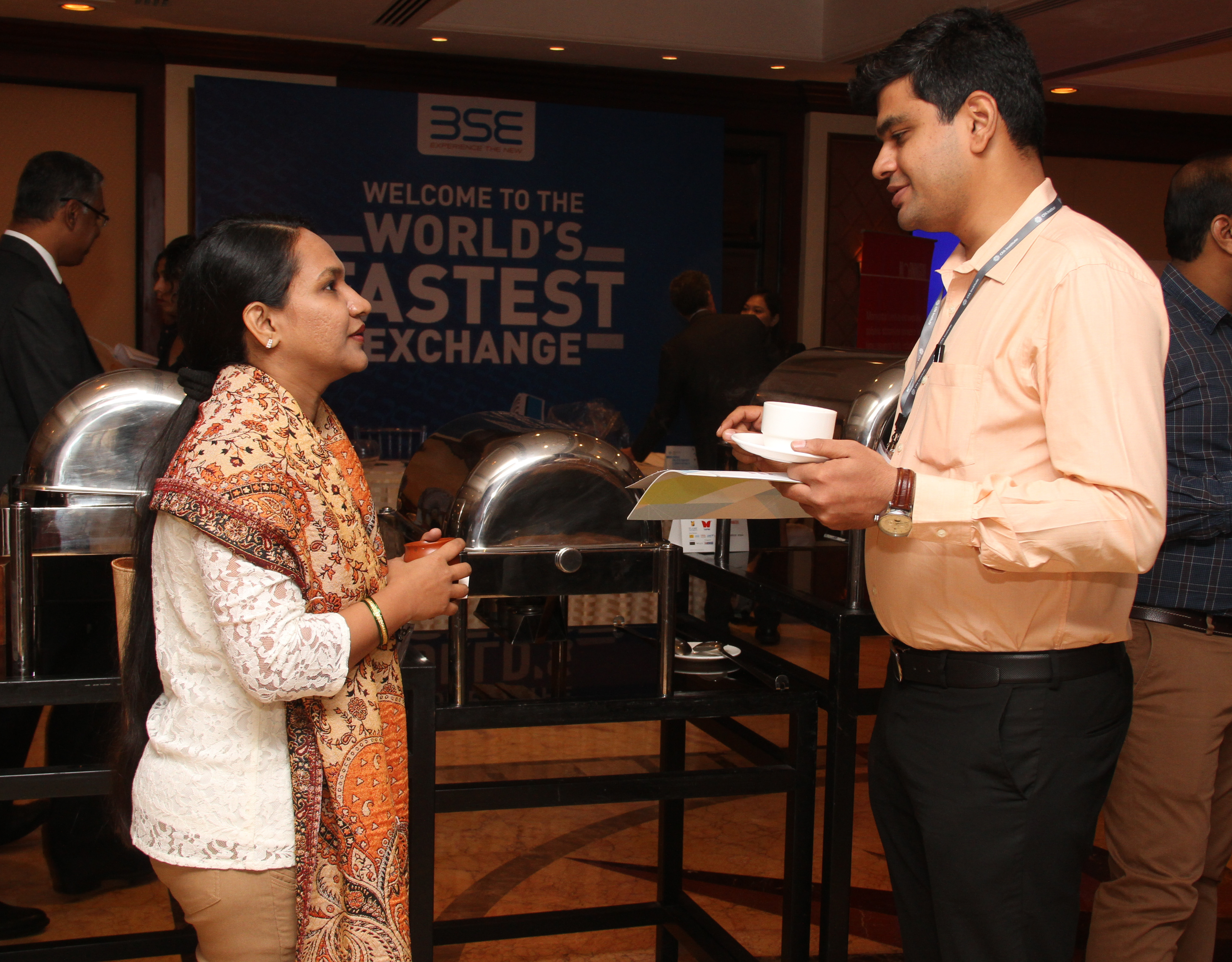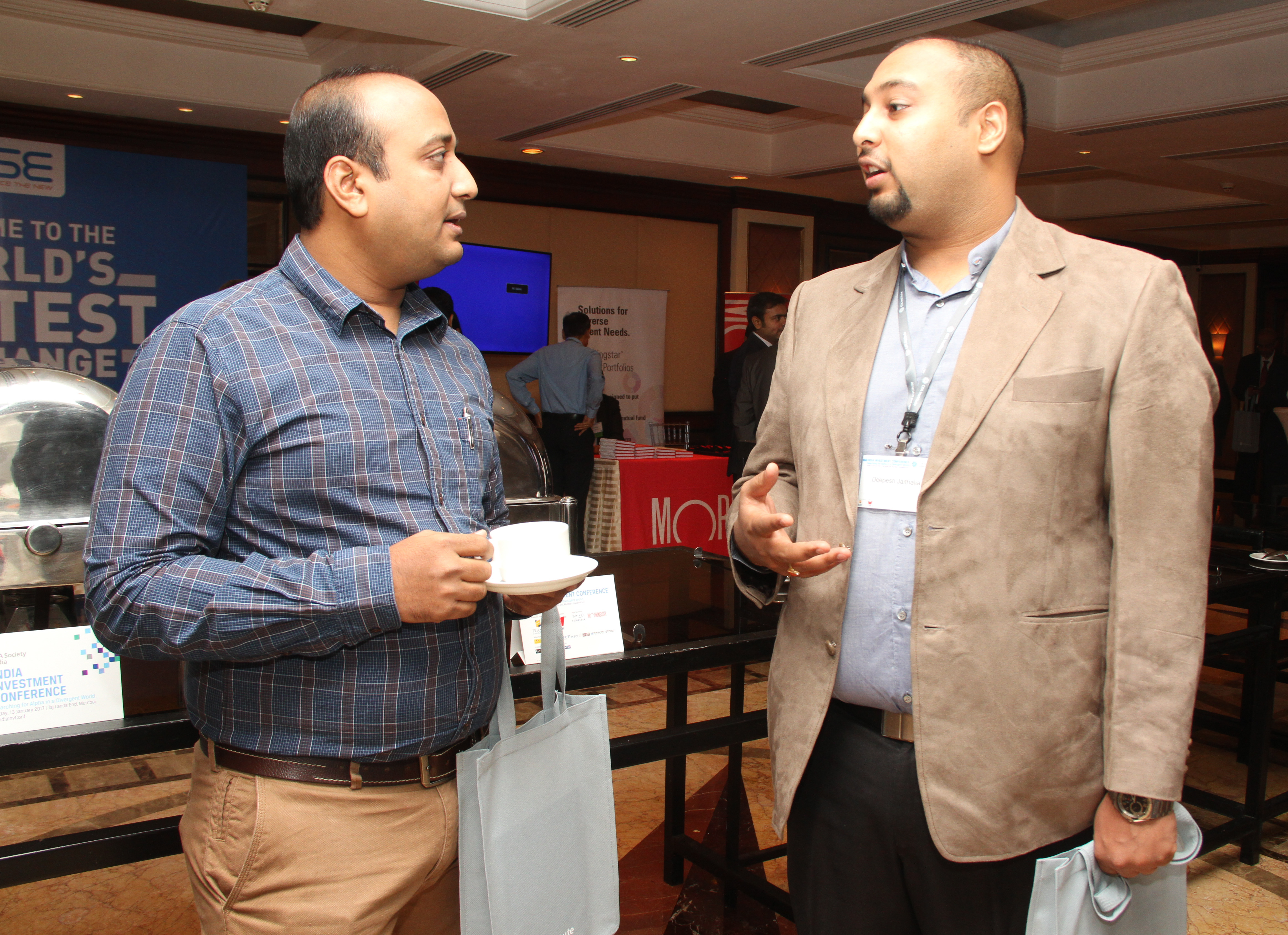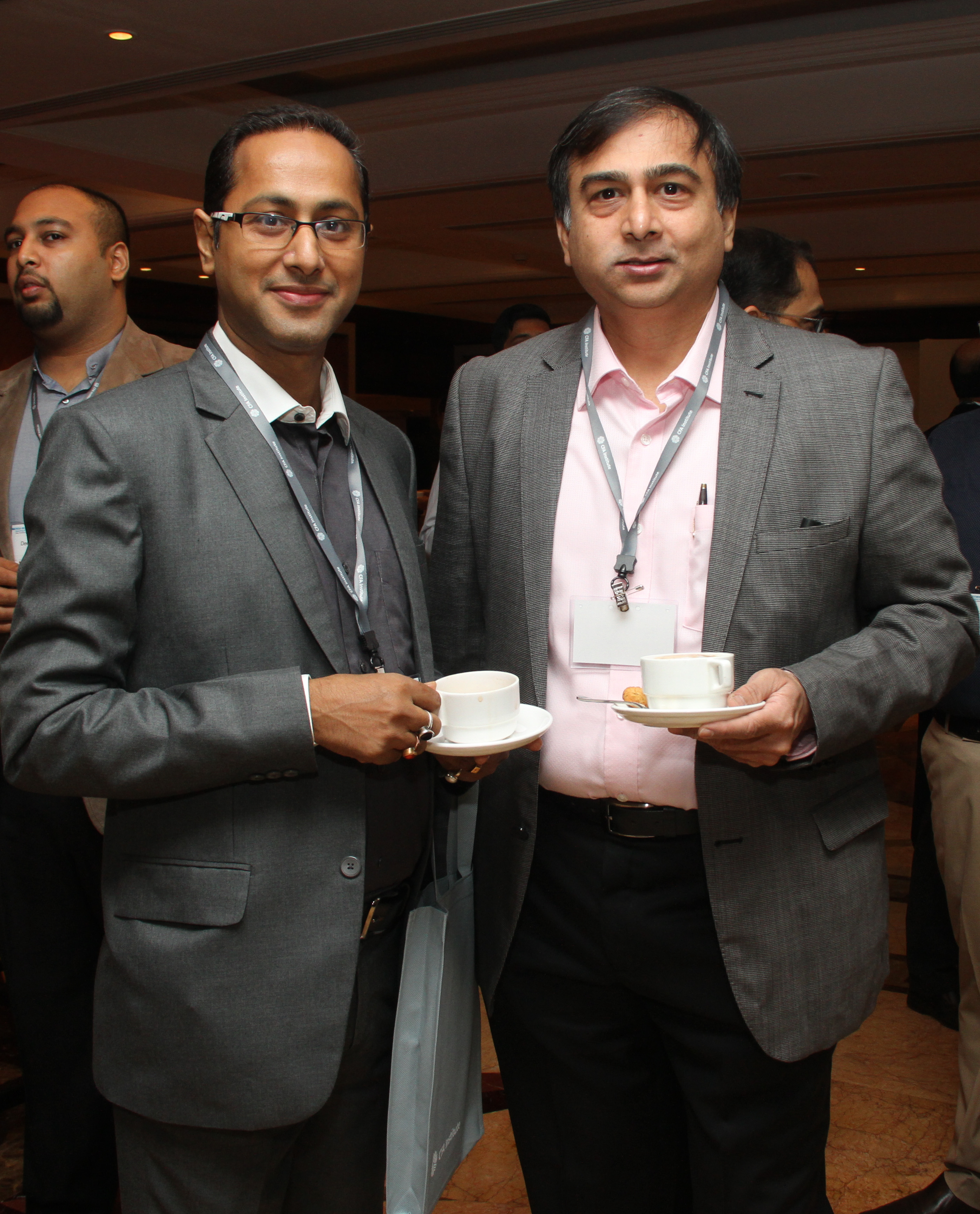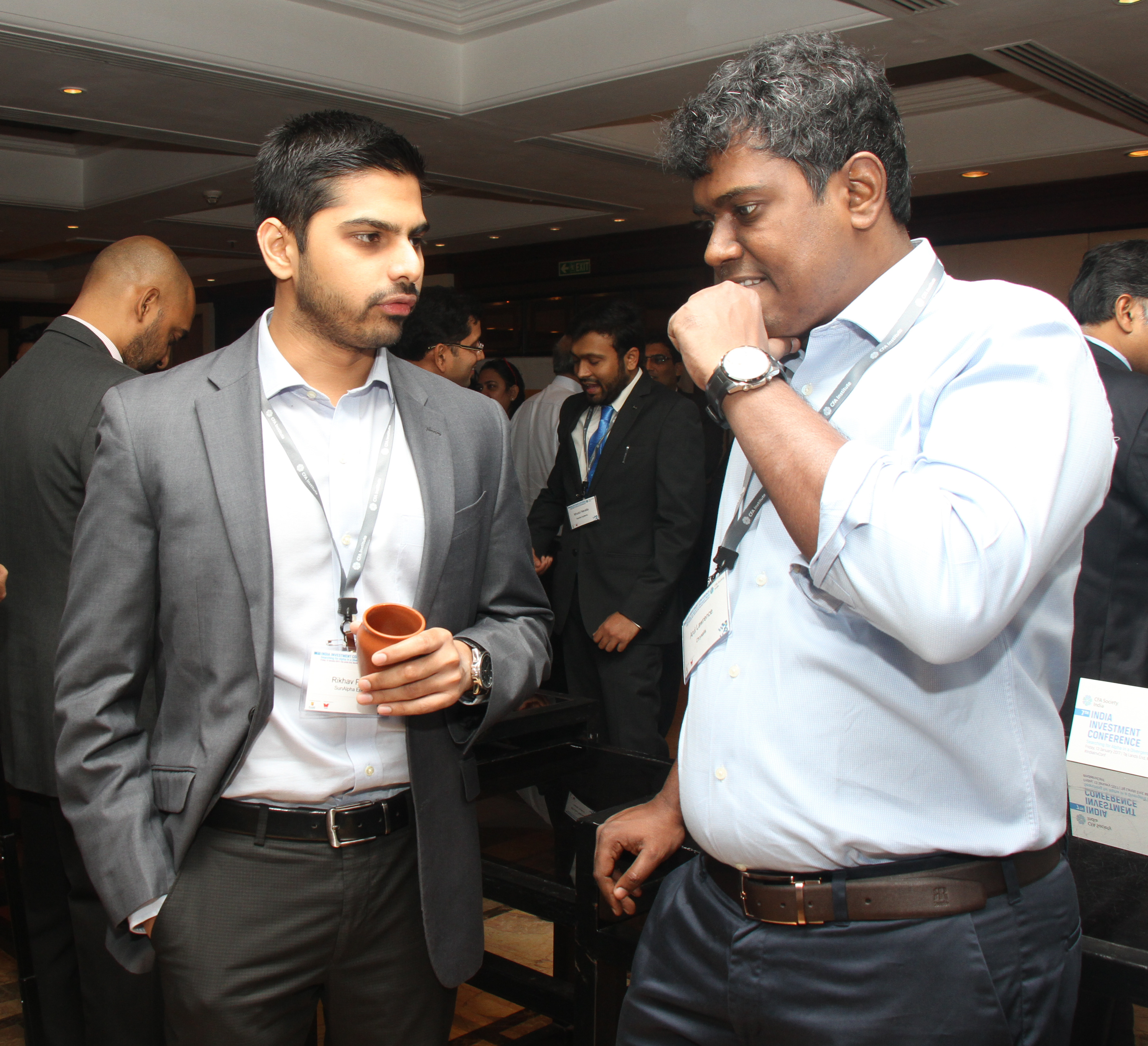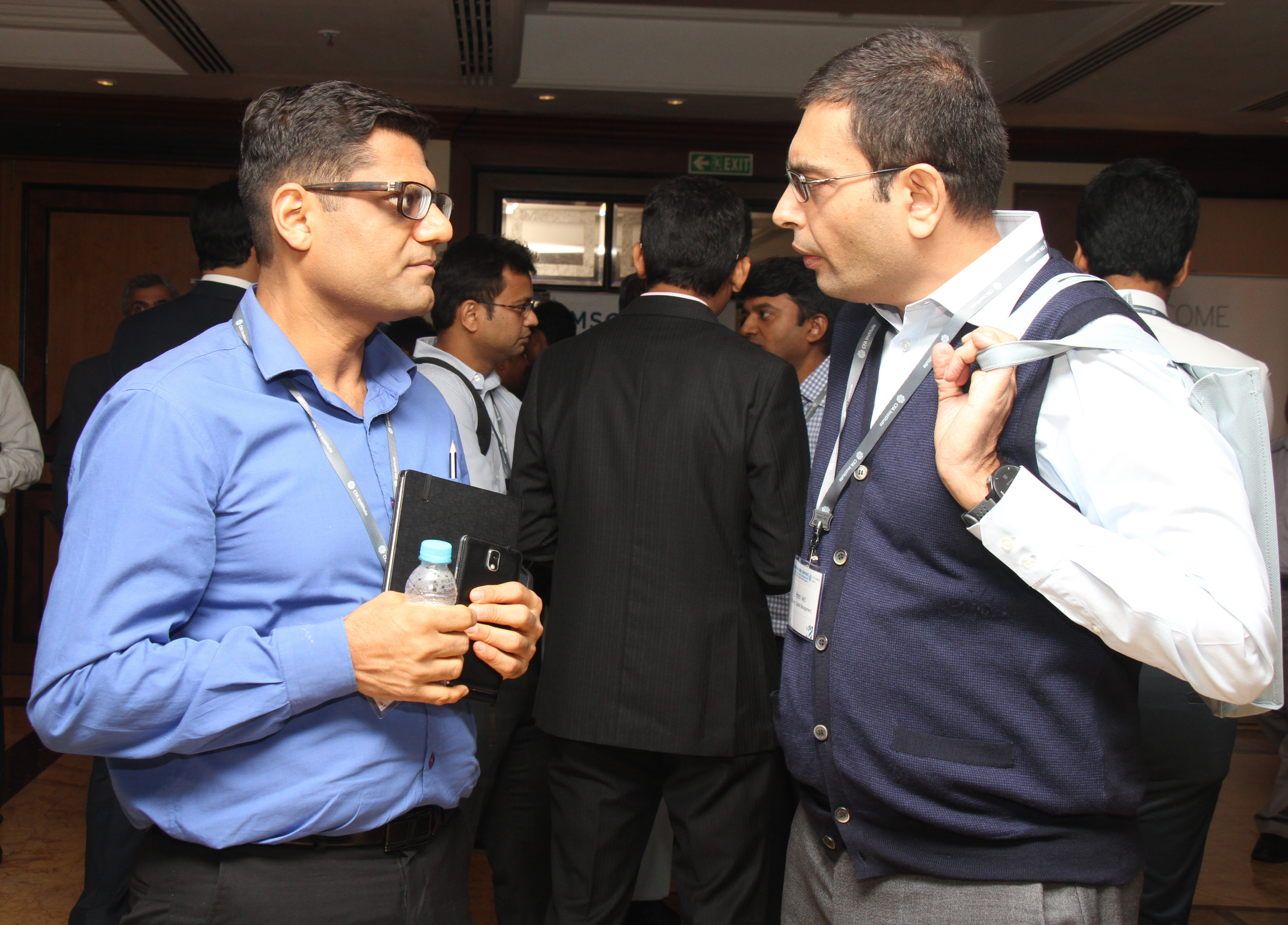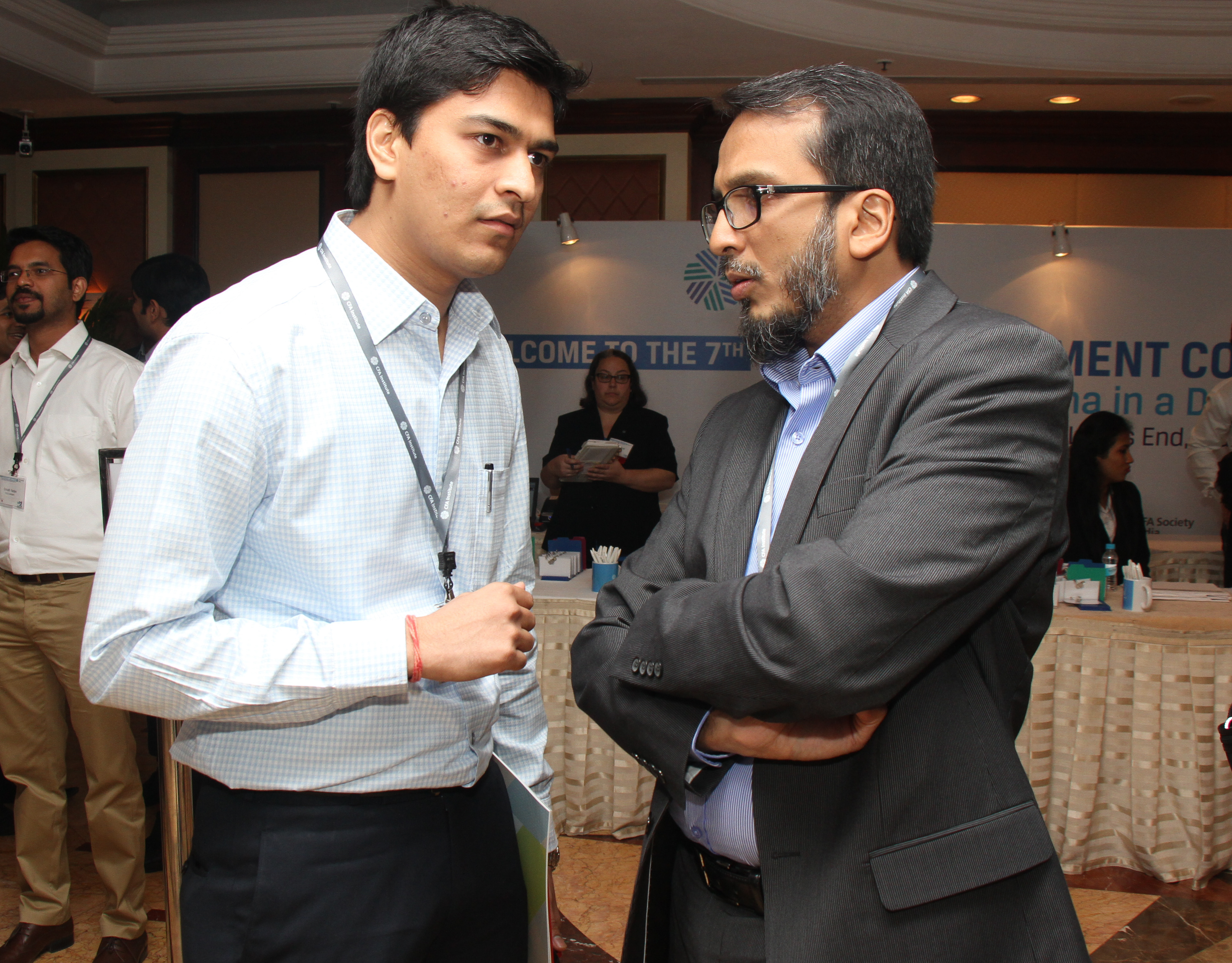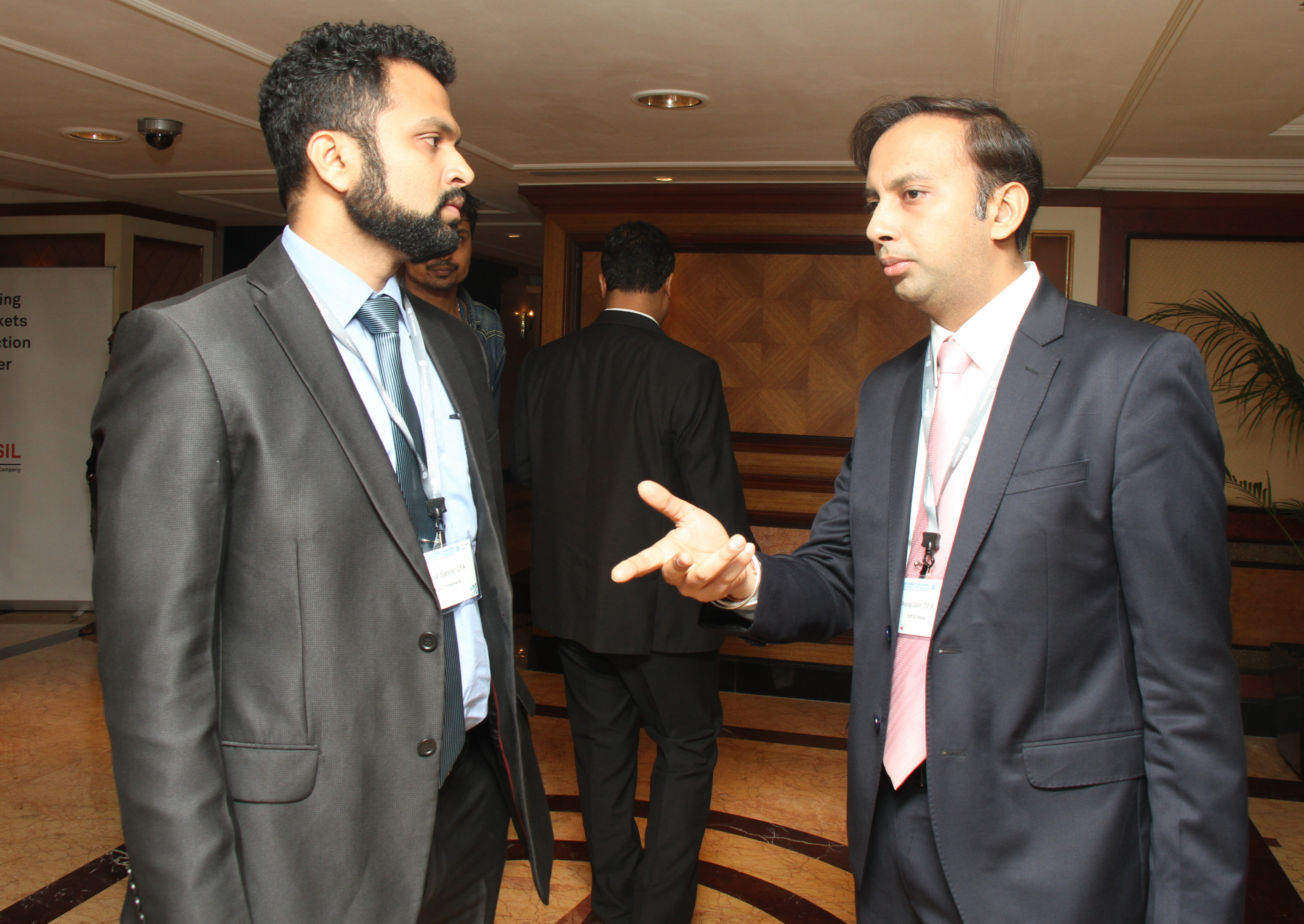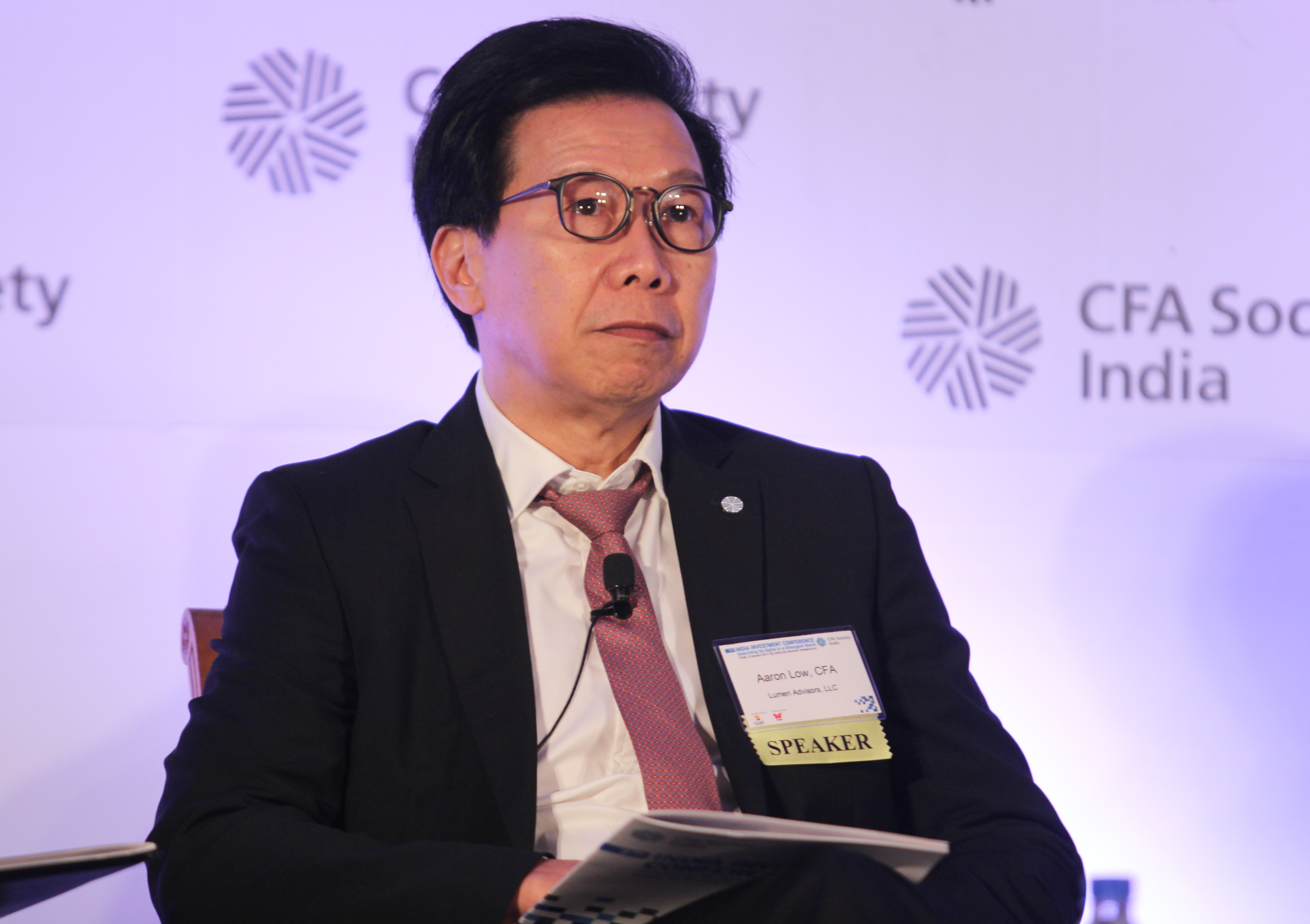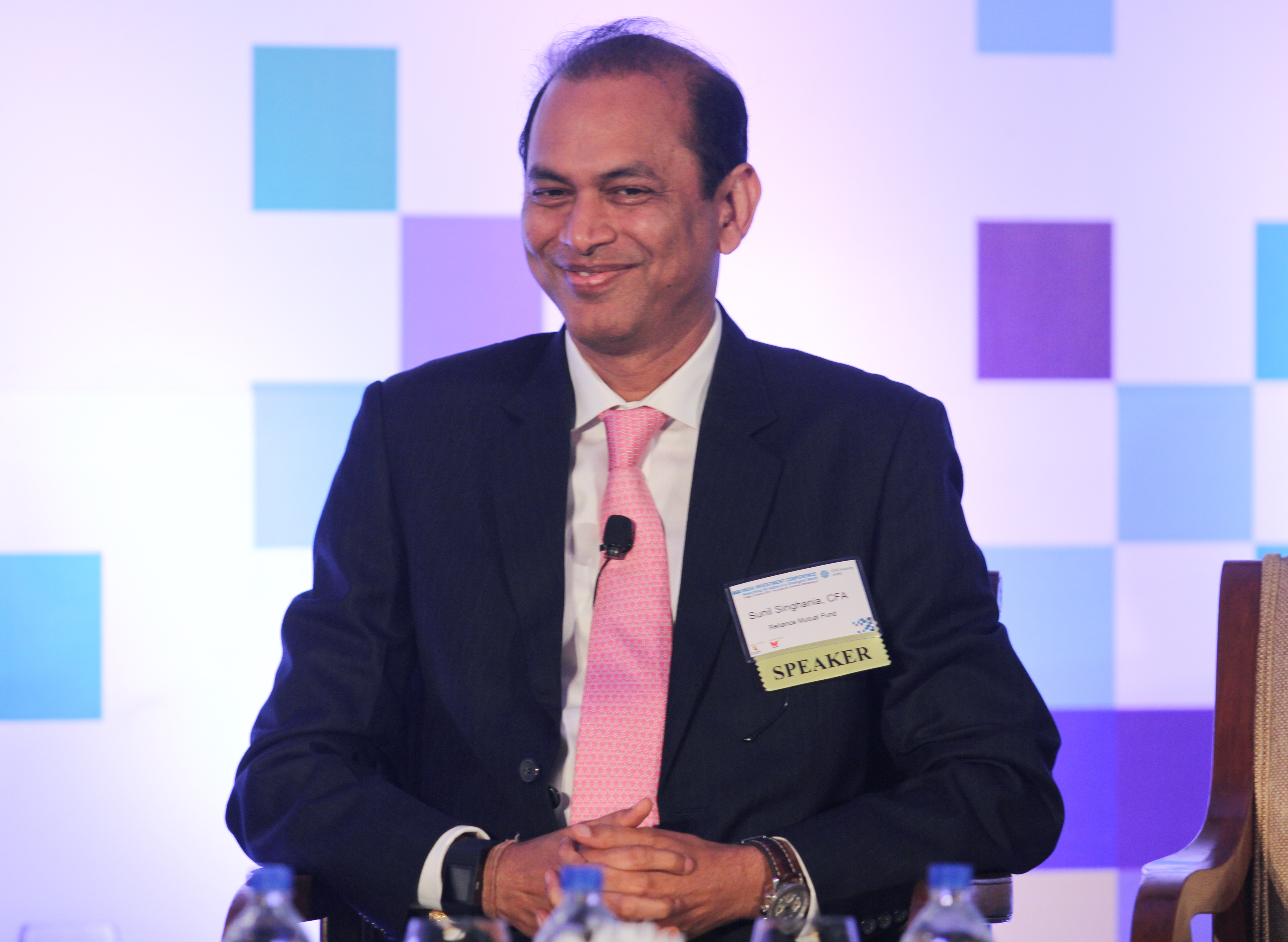- April 14, 2017
- Posted by:
- Category:BLOG, Events, Mumbai

Contributed by: Chetan Shah, CFA, Secretary & Director, IAIP
Investors, professional as well as individuals, suffer from behavioral biases. The four important ones cited by Andrew Stotz, PhD & CFA, Co-Founder A. Stotz Investment Research, as investors’ worst enemies are Loss Aversion, Confirmation, Hindsight and Overconfidence bias. You feel pain of a loss 2 to 2.5 times more than the joy from an equal gain. That is loss aversion bias. This affects your investment decisions. This bias can be overcome by zero-based thinking wherein one can ask questions like “if I didn’t own the stock, will I buy it?” Confirmation bias, which is a tendency to search and put weight for information that confirms ones belief, can be corrected by considering opposing views and putting ones idea to test. Hindsight bias, a tendency to wrongly remember that you knew the event before it occurred, leads you to believe that the world is more predictable than it really is and can lead you to Overconfidence. Both these can be overcome by being humble and admitting that you don’t know it all. Also the chances of success in investing can improve dramatically if you have a framework in place and ignore the noise in the marketplace.
Hypothesis as well as back testing should form essential part of portfolio management. One needs to verify if strategies like owning high ROA (Return on total assets) or low P/B (Price/Book) generates higher returns. Andrew’s tests showed contradictory results that companies with low ROA generate higher returns. Low P/B works only when companies are valued very low, not otherwise. Likewise gearing (net debt to equity) and returns seem to have lower correlations. Maybe these fundamental factors form only small contributors individually. On the other hand three month price momentum strategy seems to work for both equal weighted and market cap weighted sample portfolios. The stop loss strategy too improves the investment results by around 180bps to 260bps for top and bottom decile portfolios to 22% and 3.1% respectively over a 10 year period. The level of stop-loss (10%, 20% or 30%) depends on the countries with 20% working for most of them.
Last interesting point, which Andrew highlighted, was that the benefits of diversifying risks start diminishing after the number of stocks held in the portfolio crosses a particular number. Ten stocks removed 64% of unsystematic risk. Additional 10 stocks will take this number to only 74% and 25 stocks will remove only 77% of the unsystematic risk. Also the portfolio returns tend to reduce with higher number of stocks and converge with all stock portfolios or market returns. Put in other words concentrated portfolios (say ranging from 10 to 25 stocks) tend to provide better returns and with reasonably lower risk. However, larger fund size may have no choice but to have higher number of stocks, else their buy & sell actions may start impacting each company’s stock prices.
-CGS






